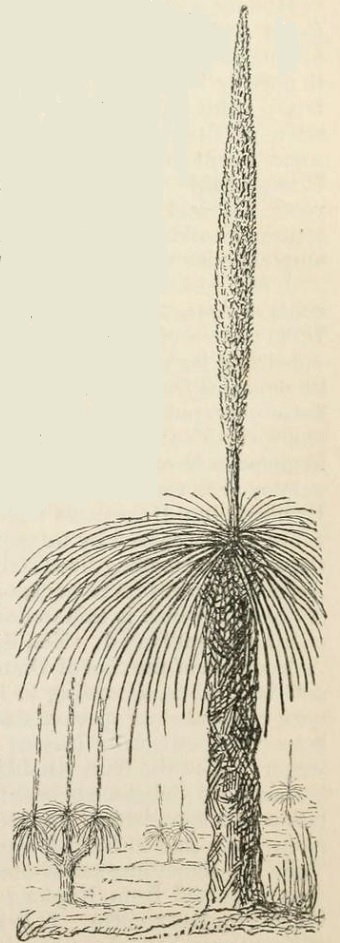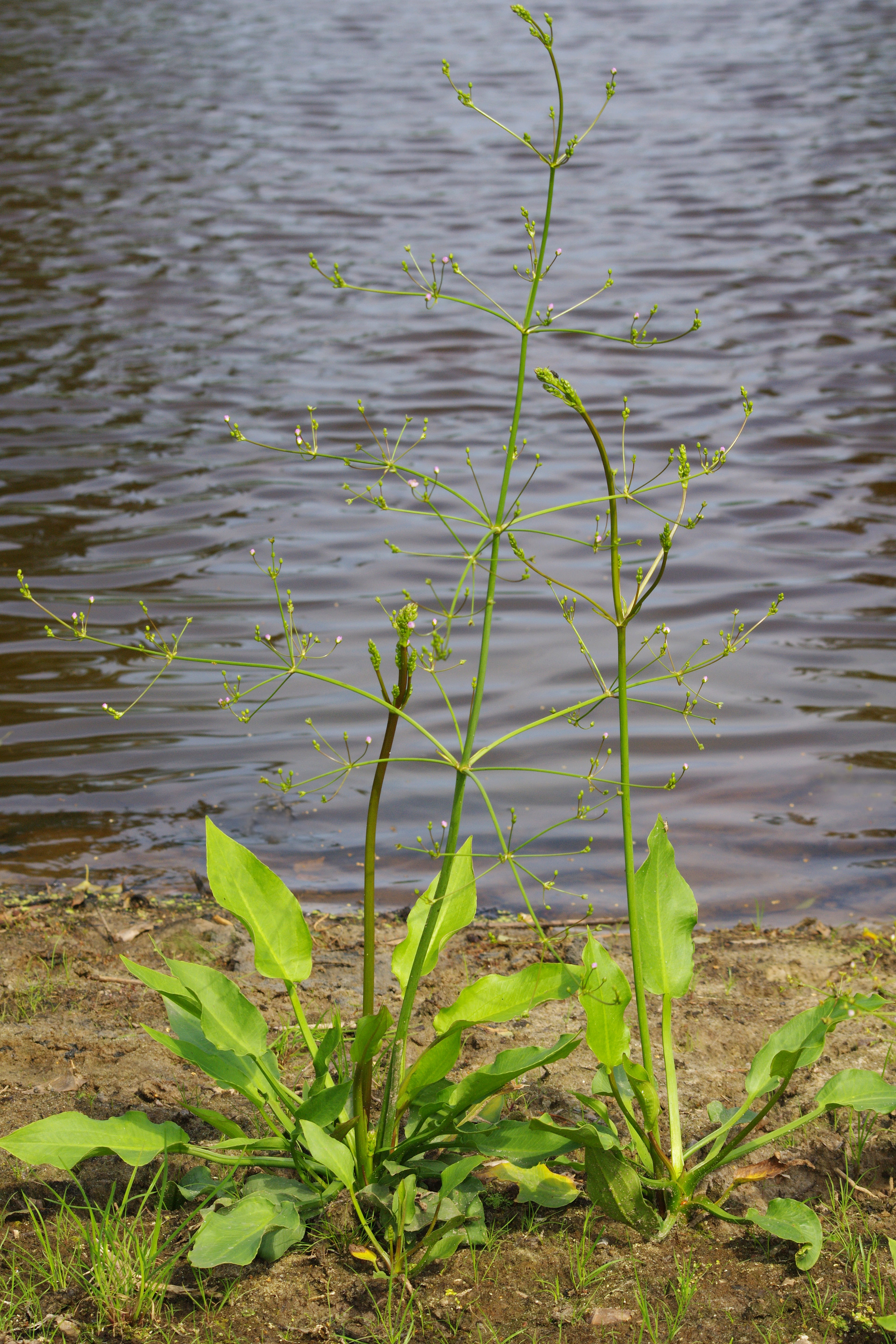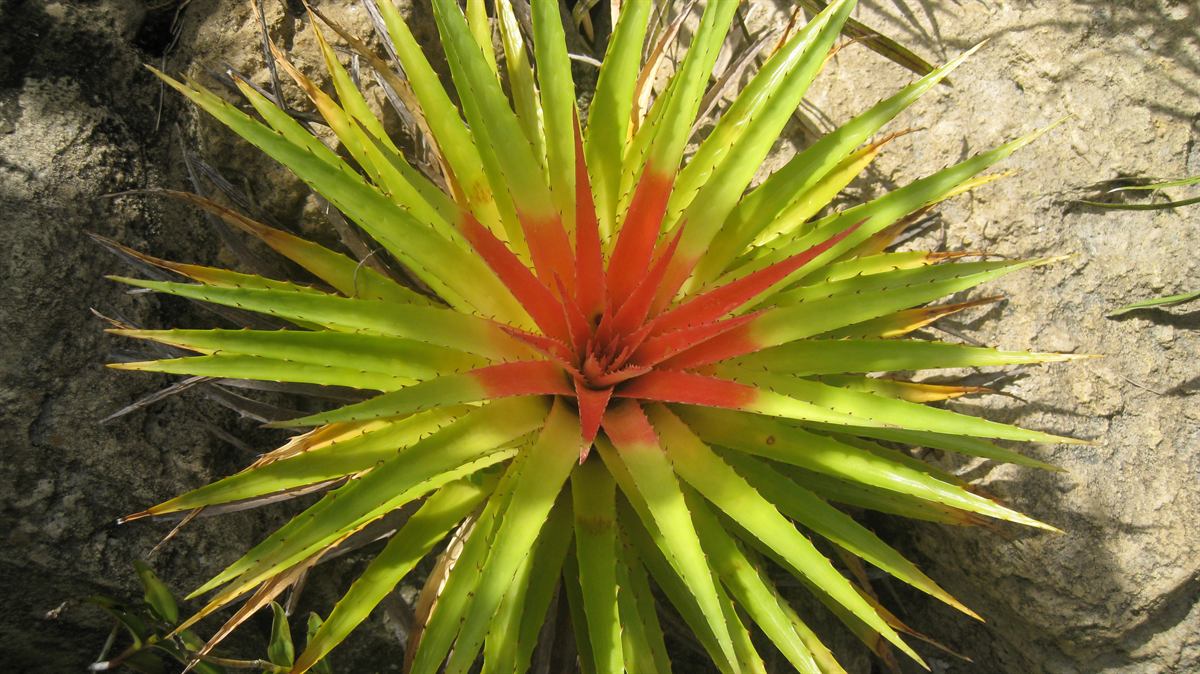|
Commelinids
In plant taxonomy, commelinids (originally commelinoids) (plural, not capitalised) is a clade of flowering plants within the monocots, distinguished by having cell walls containing ferulic acid. The commelinids are the only clade that the APG IV system has informally named within the monocots. The remaining monocots are a paraphyletic unit. Also known as the commelinid monocots it forms one of three groupings within the monocots, and the final branch; the other two groups are the alismatid monocots and the lilioid monocots. Description Members of the commelinid clade have cell walls containing UV-fluorescent ferulic acid. Taxonomy The commelinids were first recognized as a formal group in 1967 by Armen Takhtajan, who named them the Commelinidae and assigned them to a subclass of Liliopsida (monocots). The name was also used in the 1981 Cronquist system. However, by the release of his 1980 system of classification, Takhtajan had merged this subclass into a larger one, and no ... [...More Info...] [...Related Items...] OR: [Wikipedia] [Google] [Baidu] |
Flowering Plant
Flowering plants are plants that bear flowers and fruits, and form the clade Angiospermae (), commonly called angiosperms. The term "angiosperm" is derived from the Greek words ('container, vessel') and ('seed'), and refers to those plants that produce their seeds enclosed within a fruit. They are by far the most diverse group of land plants with 64 orders, 416 families, approximately 13,000 known genera and 300,000 known species. Angiosperms were formerly called Magnoliophyta (). Like gymnosperms, angiosperms are seed-producing plants. They are distinguished from gymnosperms by characteristics including flowers, endosperm within their seeds, and the production of fruits that contain the seeds. The ancestors of flowering plants diverged from the common ancestor of all living gymnosperms before the end of the Carboniferous, over 300 million years ago. The closest fossil relatives of flowering plants are uncertain and contentious. The earliest angiosperm fossils are in ... [...More Info...] [...Related Items...] OR: [Wikipedia] [Google] [Baidu] |
Lilioid Monocots
Lilioid monocots (lilioids, liliid monocots, petaloid monocots, petaloid lilioid monocots) is an informal name used for a grade (grouping of taxa with common characteristics) of five monocot orders ( Petrosaviales, Dioscoreales, Pandanales, Liliales and Asparagales) in which the majority of species have flowers with relatively large, coloured tepals. This characteristic is similar to that found in lilies ("lily-like"). Petaloid monocots refers to the flowers having tepals which all resemble petals ( petaloid). The taxonomic terms Lilianae or Liliiflorae have also been applied to this assemblage at various times. From the early nineteenth century many of the species in this group of plants were put into a very broadly defined family, Liliaceae '' sensu lato'' or ''s.l.'' (lily family). These classification systems are still found in many books and other sources. Within the monocots the Liliaceae ''s.l.'' were distinguished from the Glumaceae. The development of molecul ... [...More Info...] [...Related Items...] OR: [Wikipedia] [Google] [Baidu] |
Alismatid Monocots
Alismatid monocots (alismatids, basal monocots) is an informal name for a group of early branching (hence basal) monocots, consisting of two orders, the Acorales and Alismatales. The name has also been used to refer to the Alismatales alone. Monocots are frequently treated as three informal groupings based on their branching from ancestral monocots and shared characteristics: alismatid monocots, lilioid monocots (the five other non-commelinid monocots) and commelinid monocots. Research at the Royal Botanical Gardens, Kew is organised into two teams I: Alismatids and Lilioids and II: Commelinids. A similar approach is taken by Judd in his ''Plant systematics''. Phylogeny Cladogram showing the orders of monocots (Lilianae ''sensu'' Chase & Reveal) based on molecular phylogenetic evidence according to the Angiosperm Phylogeny Group IV (APG IV). Subdivision Of the two orders, the Acorales is monotypic, consisting of a single family, the Acoraceae, which in turn has a ... [...More Info...] [...Related Items...] OR: [Wikipedia] [Google] [Baidu] |
Dactylis Glomerata
''Dactylis Glomerata'' is the sixth studio album by Swedish doom metal band Candlemass, released in 1998. This was their first album released since their split in 1994. The album was originally destined to be the second release by Candlemass main songwriter Leif Edling's side-project Abstrakt Algebra but, under request from the record label Music for Nations, it was converted in a Candlemass album. There were many musicians involved in the long process of recording, including members of the Abstrakt Algebra's line-up, guitarist Michael Amott of Arch Enemy and Carcass fame and new singer Björn Flodkvist. The music on the album lacks much of the epic doom sound of previous works and embraces a more experimental and progressive approach, with elements of stoner rock and space rock. In 2006, it was reissued by GMR Music as a 2 CD edition. The second disc contains the previously unreleased album ''Abstrakt Algebra II'', from which this album's tracks derived. Background Candle ... [...More Info...] [...Related Items...] OR: [Wikipedia] [Google] [Baidu] |
Bromelianae
Bromeliales is an order of flowering plants. Such an order has been recognized by a few systems of plant taxonomy, with a various placement. It appears that it always has had the same circumscription: consisting only of the family Bromeliaceae, the bromeliad or pineapple family. The order is not recognized in the APG II system, of 2003, which places the plants involved in the order Poales. Some examples are: * The Cronquist system of 1981 placed this order in subclass Zingiberidae, of class Liliopsida monocotyledons * The Thorne system (1992) placed the order in superorder Commelinanae in subclass Liliidae monocotyledons * The Dahlgren system placed the order in superorder Bromeliiflorae (also known as Bromelianae) in subclass Liliidae monocotyledonstogether with five other orders. * The Engler system, in its update of 1964, placed the order in class Monocotyledoneae Monocotyledons (), commonly referred to as monocots, (Lilianae ''sensu'' Chase & Reveal) are grass and ... [...More Info...] [...Related Items...] OR: [Wikipedia] [Google] [Baidu] |
Bromeliales
Bromeliales is an order of flowering plants. Such an order has been recognized by a few systems of plant taxonomy, with a various placement. It appears that it always has had the same circumscription: consisting only of the family Bromeliaceae, the bromeliad or pineapple family. The order is not recognized in the APG II system, of 2003, which places the plants involved in the order Poales. Some examples are: * The Cronquist system of 1981 placed this order in subclass Zingiberidae, of class Liliopsida monocotyledons * The Thorne system (1992) placed the order in superorder Commelinanae in subclass Liliidae monocotyledons * The Dahlgren system placed the order in superorder Bromeliiflorae (also known as Bromelianae) in subclass Liliidae monocotyledonstogether with five other orders. * The Engler system, in its update of 1964, placed the order in class Monocotyledoneae Monocotyledons (), commonly referred to as monocots, (Lilianae ''sensu'' Chase & Reveal) are grass and gras ... [...More Info...] [...Related Items...] OR: [Wikipedia] [Google] [Baidu] |
Takhtajan System
A system of plant taxonomy, the Takhtajan system of plant classification was published by Armen Takhtajan, in several versions from the 1950s onwards. It is usually compared to the Cronquist system. It admits paraphyletic groups. Systems The first classification was published in Russian in 1954,and came to the attention of the rest of the world after publication of an English translation in 1958 as ''Origin of Angiospermous Plants''. Further versions appeared in 1959 (''Die Evolution der Angiospermen'') and 1966 (''Sistema i filogeniia tsvetkovykh rastenii''). The latter popularised Takhtajan's system when it appeared in English in 1969 (Flowering plants: Origin and dispersal). A further revision appeared in 1980. 1966 system * Magnoliophyta (Angiospermae) p. 51 ** Class: Magnoliatae ( Dicotyledones) p. 51 ** Class: Liliatae ( Monocotyledones) p. 461 *** Subclass A: Alismidae p. 461 *** Subclass B: Liliidae p. 473 (was ''nom. nov.'') **** Supero ... [...More Info...] [...Related Items...] OR: [Wikipedia] [Google] [Baidu] |
Haemodorales
Commelinales is an order of flowering plants. It comprises five families: Commelinaceae, Haemodoraceae, Hanguanaceae, Philydraceae, and Pontederiaceae. All the families combined contain over 885 species in about 70 genera; the majority of species are in the Commelinaceae. Plants in the order share a number of synapomorphies that tie them together, such as a lack of mycorrhizal associations and tapetal raphides. Estimates differ as to when the Commelinales evolved, but most suggest an origin and diversification sometime during the mid- to late Cretaceous. Depending on the methods used, studies suggest a range of origin between 123 and 73 million years, with diversification occurring within the group 110 to 66 million years ago. The order's closest relatives are in the Zingiberales, which includes ginger, bananas, cardamom, and others.Stevens, P. F. (2001 onwards). Angiosperm Phylogeny Website. Version 9, November 2011. Taxonomy According to the most recent classification sche ... [...More Info...] [...Related Items...] OR: [Wikipedia] [Google] [Baidu] |


